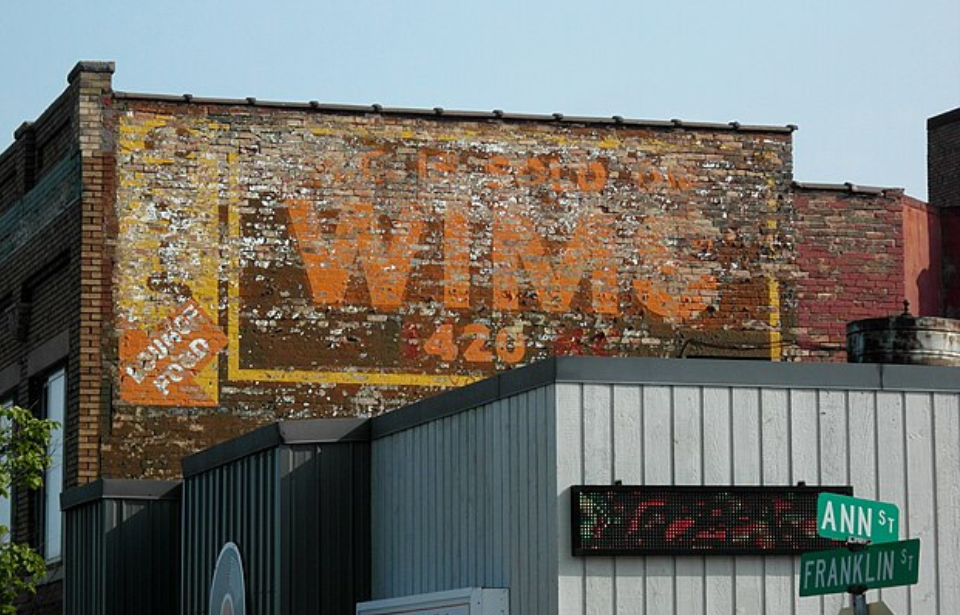Walk through any city older than a hundred years and you’ll likely notice faded paint on the brick exterior of numerous buildings. These once-colorful designs advertised everything from tobacco and soft drinks, to leather working and motels, and they’ve since fallen victim to time and the elements.
Today known as “ghost signs,” these works of art have become popular among urban photographers, who travel the world to look for and see them in person. Their surge in popularity has led many to question if we should allow these advertisements to keep on fading or if it’s better to restore them to their former glory.
What are ghost signs?
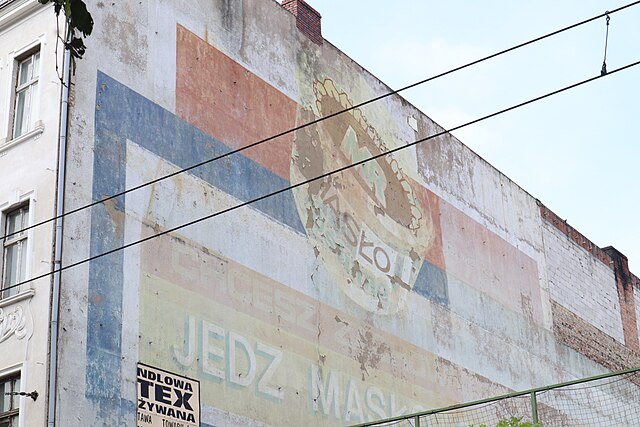
Ghost signs can be found on buildings across the globe, with the best preserved ones being in the United States, Canada, France and the United Kingdom. Primarily from the late 19th and early 20th centuries, they were vibrant and large advertisements that immediately captured the attention of anyone walking by.
‘Walldogs’
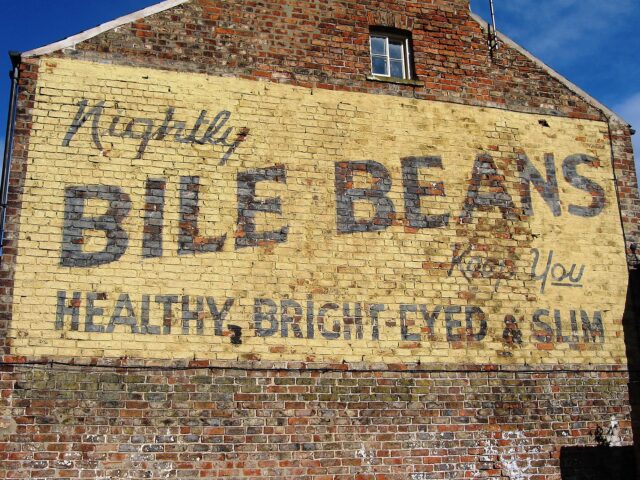
Ghost signs were the work of “walldogs,” painters whose sole job was to ensure the advertisements, many of which promoted now-defunct businesses, popped against the reddish brick backdrop upon which they were painted. Those tasked with the job used oil-based paints, due to its ability to hold up to the elements, and worked in all types of weather, making it hard labor.
Ever-changing landscape of advertising
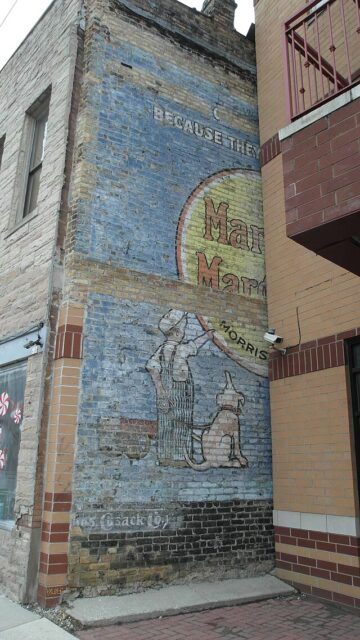
As advertising methods evolved and technology advanced, the advertisements that became known as ghost signs began to fade into obscurity, replaced by modern billboards and digital media. In nearly every major city, the public is now bombarded with messaging at almost every corner, and much of it fails to capture the same “pizzazz” as the older painted ads.
Social media as increased interest in ghost signs
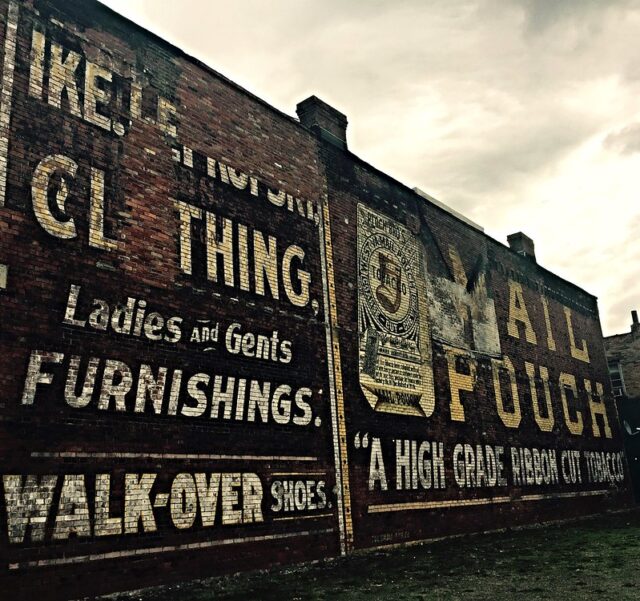
Social media has played a major role in churning interest in ghost signs. Enthusiasts will travel to known locations, take photos and share their stories online, creating a community dedicated to the appreciation and preservation of these historical markers.
Ghost signs provide a look into the past
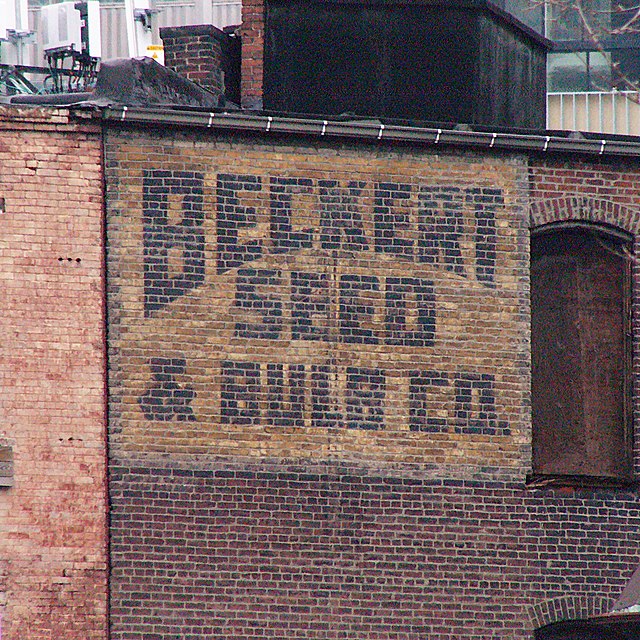
Ghost signs are more than just fading paint on brick walls; they’re a type of window into the past, showing how the economy was run back in the day. They provide an unspoken history, one that can only be told by seeing it with your own eyes. Sure, you could read about industry and business in a history textbook, but to really get a sense of how people advertised their services, you need to see it in person.
Opinions vary regarding restoration efforts
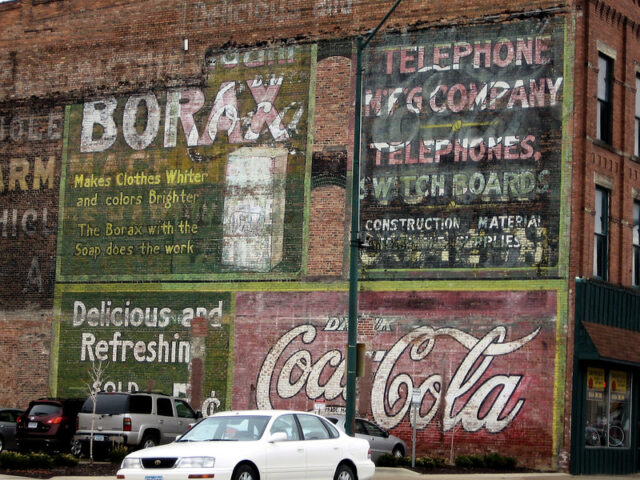
More from us: Al Capone Used to Frequent a Small-Town Café Along Route 66 – And It Still Exists!
Want to become a trivia master? Sign up for our Today In History newsletter!
Efforts to preserve ghost signs vary, with some communities choosing to restore them and others leaving them untouched. Some argue restoration efforts breathe new life into these historical markers, while many believe they should forever remain untouched, to keep their authenticity and historical integrity.
